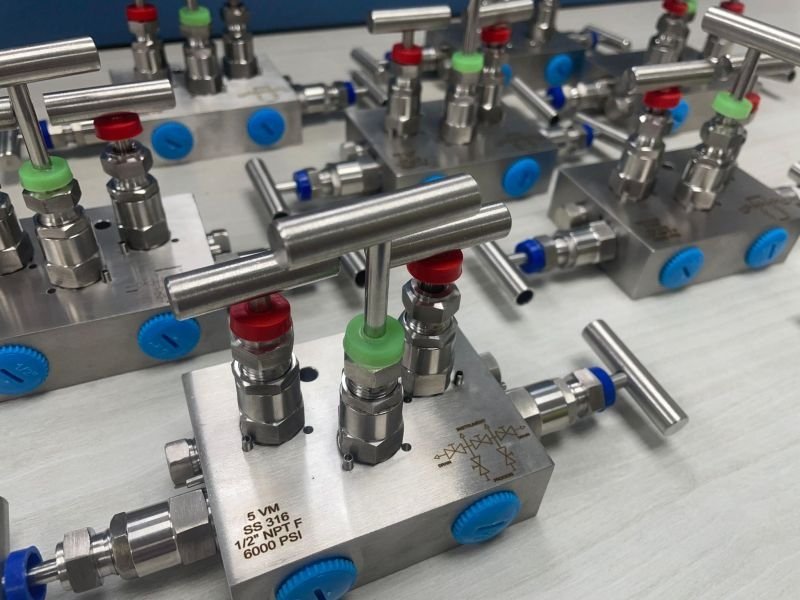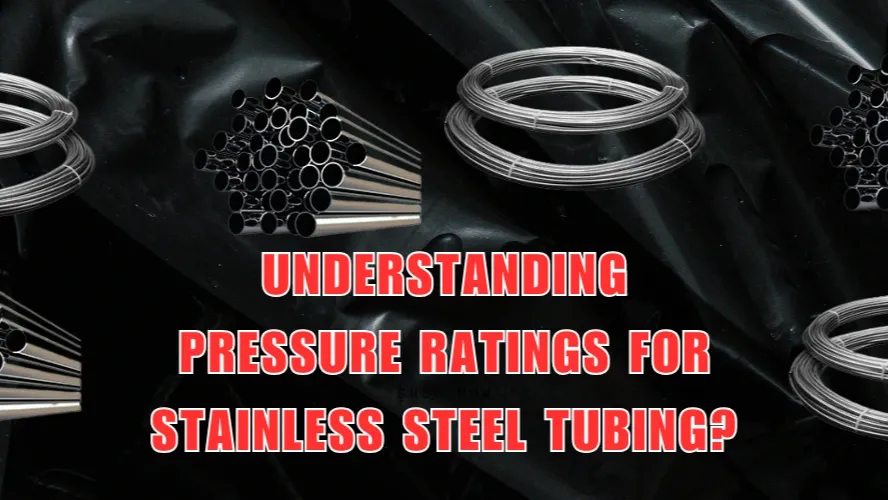
Stainless Steel Tubing: Welded Vs. Seamless
When comparing different types of stainless steel tubeing, there are a few factors that should be taken into account. Today, we are going to address one of these factors to help you understand the difference between welded and seamless tubing. Just like many other metal products, the forming method changes the properties of the finished products in distinct ways. From strength and corrosion resistance to speed and cost of manufacturing, welded and seamless are uniquely suited for specific tasks.
Welded Stainless Tubing
Welded tubing is produced by rolling strips of stainless steel into a tube and then welding along its full length. After welding, the weld seam, or bead, can be refined by cold rolling and forging methods or left as is.
Cold forming results in smoother finishes and tighter tolerances. Welded tubing can even be drawn like seamless tubing to offer a better weld seam, and surface finish. Welded tubing can also be produced with thinner walls on larger diameter tubes, compared to seamless tubing. Because welded tubing requires less processing, it is typically quicker to produce as well as lower in cost than seamless tubing.
The down side of welded tubing comes in the form of high pressure and heavy wall applications. The long welded seam causes a stress concentration point, reducing pressure ratings to 80% of comparable seamless tubing. Also, the stainless material used to create welded tubing must be thin enough to roll effectively. Therefore, heavy wall tubing is less feasible as welded tubing.
Upside
- Better lead times
- Tighter tolerances
- Lower cost
- Thinner wall, large diameter applications
- Available in longer lengths
- More consistent concentricity
Downside
- Heavy wall applications
- Slight impurities
- Less corrosion resistant
- Stress concentration
Seamless Stainless Tubing
To make
seamless tubing, the first step is to form a seamless pipe known as a
hollow/mother tube. Starting with solid round stock, the billet is first
drilled through then heated and forced through a narrow die. The center
of the hollow tube is supported during this process by a long rod known
as a mandrel. Next, the mother tube is put through a pilger mill. This
machine uses a pair of rolling dies and a second mandrel to elongate
and reduce the tube to size.
This process can quickly reduce the tube cross section by as much as 90%
in a single run. However, pilgering is not well suited for smaller
diameter tubing.

